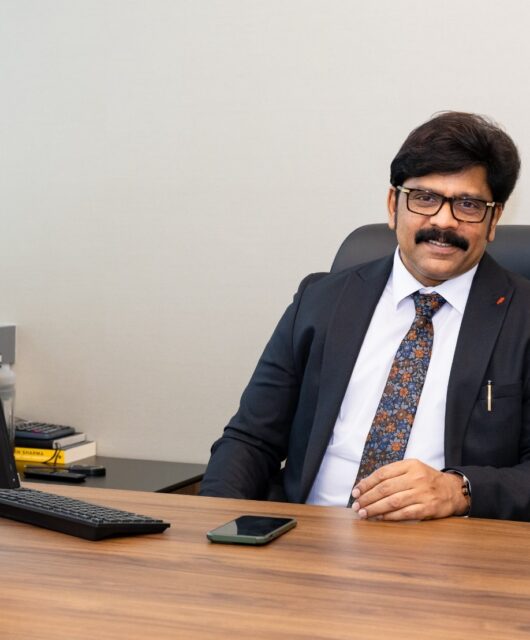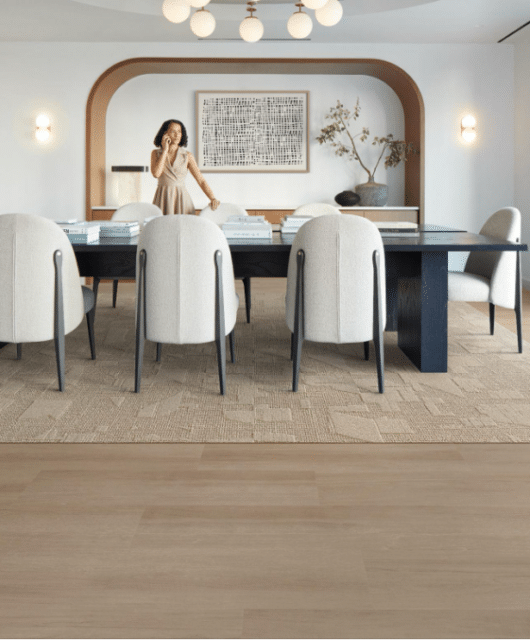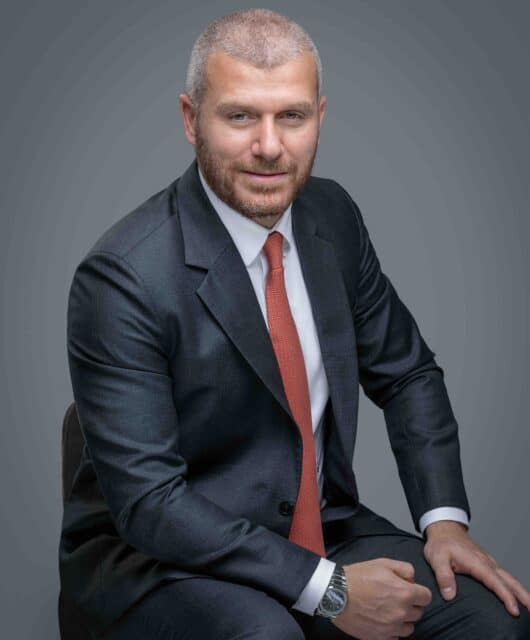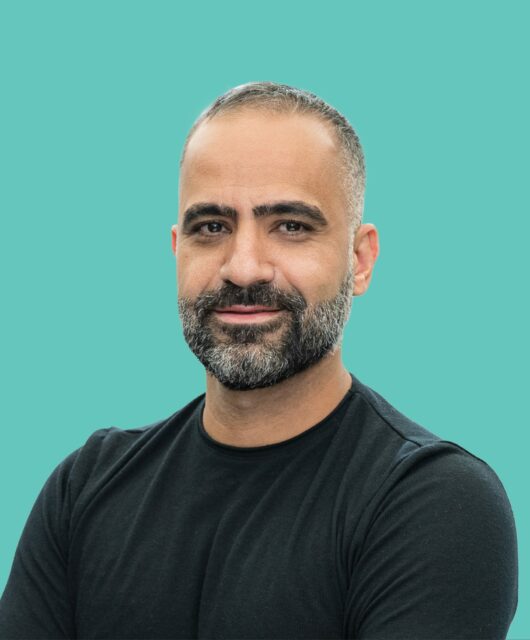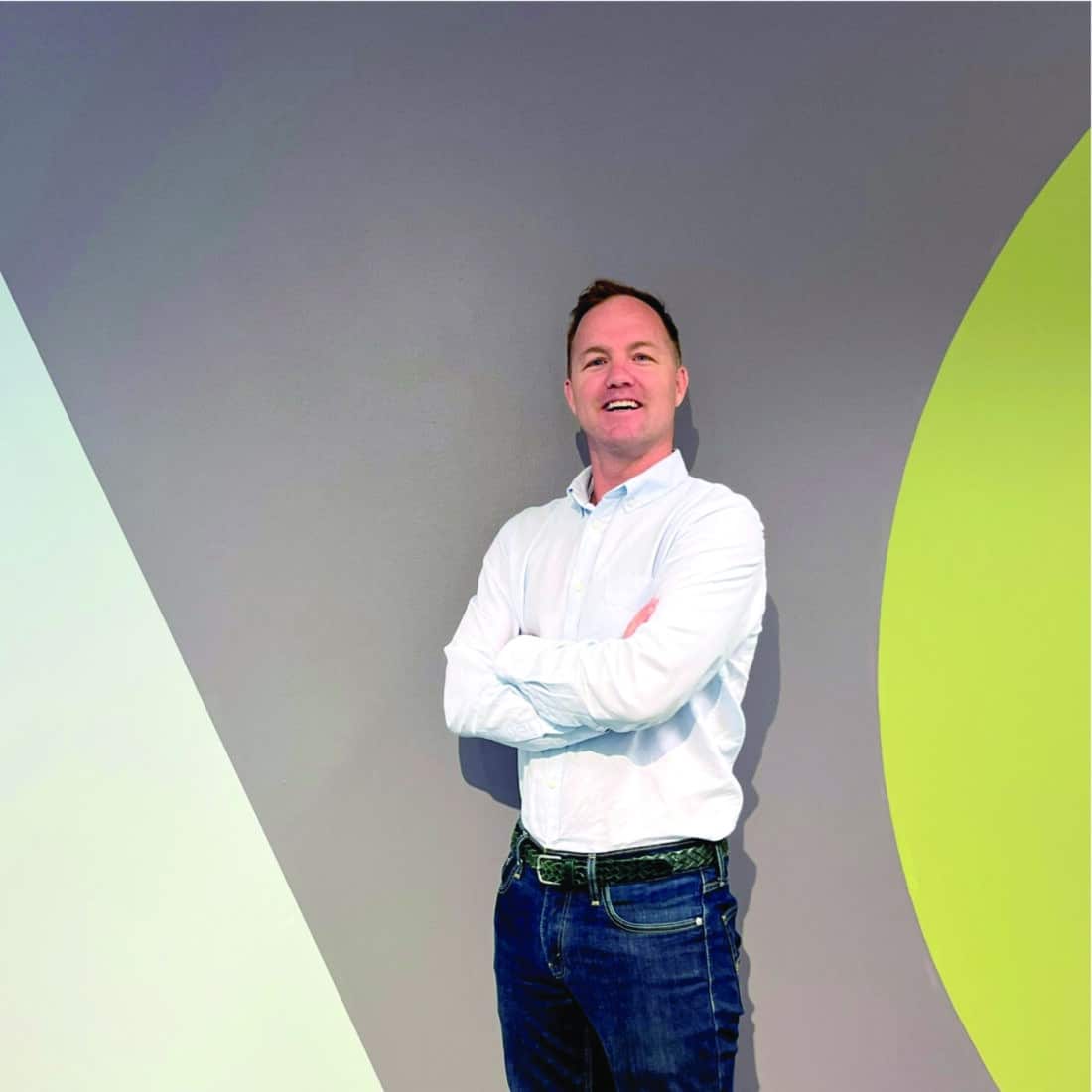 Sam Spinks, managing director of WAHO Landscape Architects, on how the landscape may aid in the creation of an informative, sensitive, and thoughtful public space for diverse cultural assets.
Sam Spinks, managing director of WAHO Landscape Architects, on how the landscape may aid in the creation of an informative, sensitive, and thoughtful public space for diverse cultural assets.
The importance of cultural identity, expression of tangible heritage and significance of notable building preservation are key drivers for the recent surge in the creation of built cultural assets and the preservation of heritage buildings throughout the UAE and the wider Middle East. In cities such as Abu Dhabi, Dubai and Sharjah, significant resources have gone into the development of various types of cultural assets, taking various forms. Smaller-scale existing museums like the Al Ain Museum are undergoing thoughtful redevelopment, while significant purpose-built assets are being designed and built from undeveloped sites, such as the Natural History Museum in Abu Dhabi.
As landscape architects, our role in these projects is to strengthen the overall experience for those who visit these valuable sites and destinations. The key question is how can landscape help create an informative, sensitive and considered public realm for the various cultural assets.
Often, a dynamic site or historical location will drive the story and inform the landscape design. Our job as landscape architects is to understand the cultural context and then derive a clear and suitable landscape response from that. This contextual understanding is gained by exploring a location’s history and stories through written, pictorial, and aural sources. Its relationship to the surrounding context and surroundings, as well as the aim for the visitor experience of the space, are all taken into account.
Qasr Al Hosn in Abu Dhabi is one example of this: a building set within an open space in the heart of Abu Dhabi with a rich layered history dating back to the creation of the watch tower in the late 18th Century, followed by the Inner Fort in 1795 and the Outer Palace in 1939-45. These layers of history directly informed the landscape’s materiality, form and texture. This was specifically reflected in changes in the hardscape materiality. The lower levels of paving that are more closely related to the original entry to the fort are sandstone, while the higher paving surfaces that interface with more recent door thresholds are limestone. Both the sandstone and limestone read as a cohesive whole but have subtle variations in colour and texture. As a place of such regional significance, the fort requires simplicity of landscape design to support it: the buildings and existing structures remain as the key moment. The landscape acts as the supporting base for an authentic visitor experience.
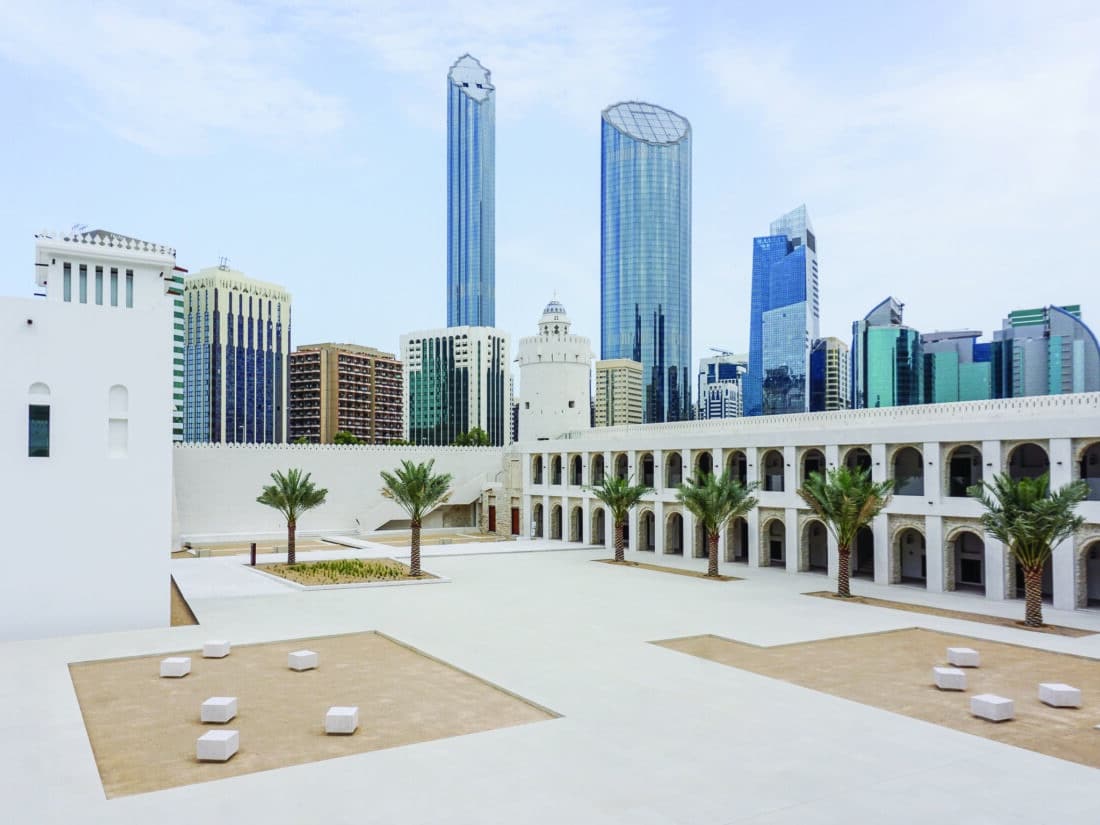 Ground-up developments, on the other hand, such as the Natural History Museum currently under construction in Abu Dhabi, allow for greater design expression. Because the historical drivers of the site are less constrained, there is more room for new dynamic and interesting interventions within a space. Collaborating with exhibition and visitor experience designers is an exciting process as we work through ideas and concepts to create real and informed environments.
Ground-up developments, on the other hand, such as the Natural History Museum currently under construction in Abu Dhabi, allow for greater design expression. Because the historical drivers of the site are less constrained, there is more room for new dynamic and interesting interventions within a space. Collaborating with exhibition and visitor experience designers is an exciting process as we work through ideas and concepts to create real and informed environments.
The cultural identity of a landscape can also be strengthened by creating a multi-sensory experience. The degree to which this experience is produced within the landscape can vary depending on overall intent and vision. The UAE Pavilion landscape at EXPO 2020 in Dubai was an expression of the unique characteristics that make up the flora and fauna of the United Arab Emirates. The use of native bird sounds, audio looped to family photos presented on display panels and the burning of sandalwood all created a heightened sensory experience within a relatively confined space.
On a different scale, The Founder’s Memorial in Abu Dhabi created a serene and reflective atmosphere adjacent to the busy Corniche strip. Gestures such as the surrounding elevated walk created a threshold from the surrounding context and a mechanism to control noise, while a mix of Ghaf trees and Acacias created an ideal environment for birds to nest. Although the intent to evoke a certain feeling within a space like a memorial is considered, the outcome can also be serendipitous or unexpected, yet desired. At The Founder’s Memorial the echo of reflected footsteps off the entry portal, or the unanticipated movement of sea breeze through the space, unexpectedly enhance the experience.
Consideration of the end-user and their takeaway of the experience is at the forefront of design thinking and space planning. For a cultural asset, the visitor is looking to gain a specific understanding of a subject. From the bronze age artefacts at a site such as the Mleiha Archaeological Center, to the forward-thinking visions of a new cultural landmark like the Mohammed Bin Rashid Library, the landscape is there to support, supplement and enrich the experience and not overwhelm it.
Details become important in a culturally rich context, and interventions are validated and interrogated. It is frequently far more difficult to create a simple yet thoughtful landscape: the talent is in integrating geometries, colours, noises, and textures to create attractive open areas.
Often “less is more” is the hardest goal. But when achieved and blended with a strong narrative we can create considered and atmospheric spaces that forego temporary design tastes, creating lasting regionally specific landscapes.


